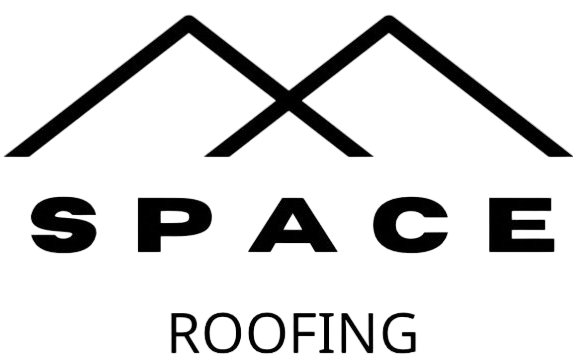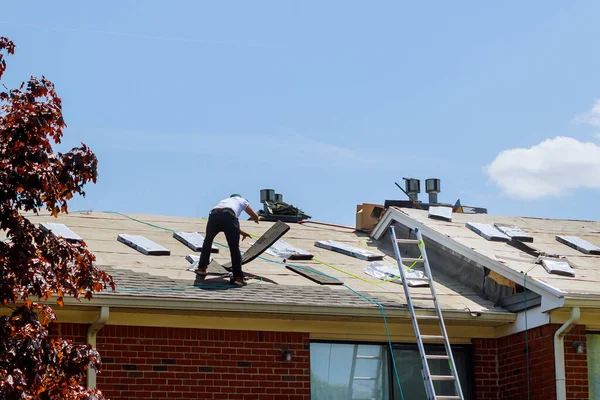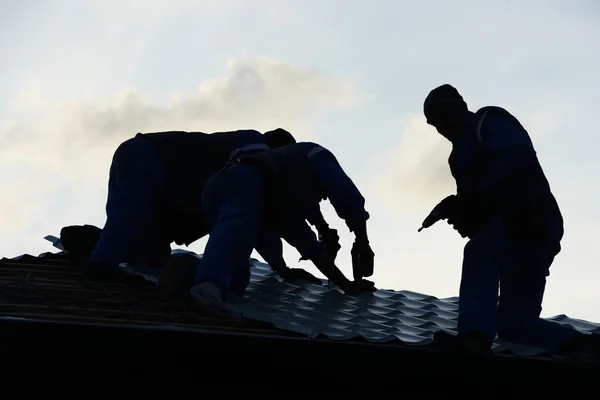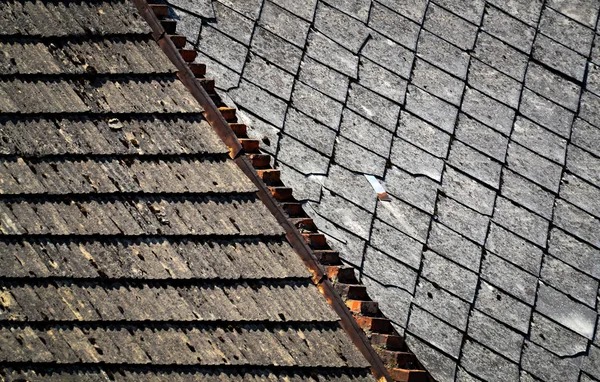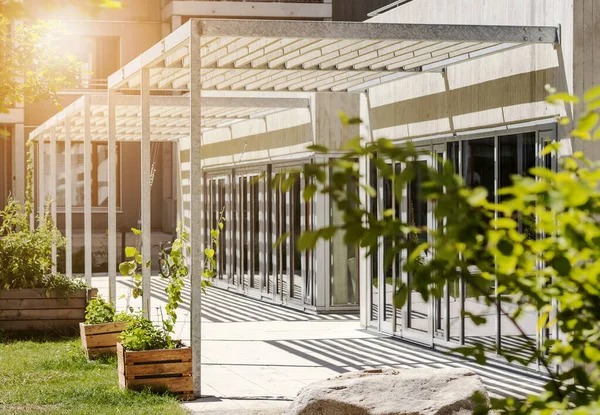While many of us focus on decorating our homes to enhance their appearance, we often overlook an essential element: our roofs. Roofs cover our heads, sheltering us from environmental elements such as wind, rain, and sun, and we rarely think about how important they are until something goes wrong.
According to the National Roofing Contractors Association, over 40% of all roofing issues are related to a lack of regular maintenance. The roof is an important component of your home’s structure providing comfort and protection.
However, it is often overlooked in routine home maintenance. Regular roof inspections are important to ensure that the suitable roofing material remains in good condition and can continue to protect your home effectively.
Benefits of Regular Roof Inspections
Regular roof inspections are like a health check-up for your home that ensures everything stays in top shape. The Building Owners and Managers Association (BOMA) states that proactive maintenance can increase the lifespan of a commercial roof by up to 30%.
Early detection of issues
Roof inspections help you identify problems early. If there is a small leak or a few loose shingles, you can fix them before they turn into expensive repairs. Early detection also ensures that the roof’s structural integrity is maintained to prevent further damageto the home’s interior and exterior.
Prolonging Roof Lifespan
A roof is a significant investment, and regular maintenance can help maximize its lifespan. Inspections allow for the timely identification and repair of wear and tear, which can prevent premature aging and deterioration. This ensures that the roof remains in good condition for longer and extends its life by several years.
Energy Efficiency
A well-maintained and proper roofing material plays a vital role in a roof’s lifespan, which increases the home’s energy efficiency. Inspections can reveal issues like poor insulation, ventilation problems, or gaps in the roofing material that could be causing energy loss.
U.S. Department of Energy study shows that cool roofs reduce a building’s peak cooling demand by 10–15%. You can improve the home’s insulation by keeping it warmer in the winter and cooler in the summer. This can lead to lower utility bills and a more comfortable living environment.
Health and Safety
Regular roof inspections are essential for maintaining a home’s health and safety. Leaks and water damage can lead to mold growth, which poses significant health risks to occupants. Mold can cause respiratory issues, allergies, and other health problems, especially for individuals with preexisting conditions. Inspections can identify structural damage or weaknesses that could compromise the roof’s stability.
Common Roof Problems Identified During Inspection
Regular roof inspection can identify various issues that, if not addressed, could lead to significant problems.
Leaks and Water Damage
Roof inspectors are skilled at finding leaks and water damage you might overlook. They look for stains on ceilings and walls, check the attic for signs of moisture, and inspect the roof for any cracks or gaps. The inspection can prevent water from causing extensive damage to your home’s structure and interior.
Shingle Damage
Checking for damaged or missing shingles is an important part of roof inspections. Shingles protect your roof from the elements, and any damage can lead to leaks and water damage. Inspectors can easily identify cracked, curled, or missing shingles and recommend replacing them to keep your roof in good condition.
Structural Issues
Some structural problems are not visible from the ground, but roof inspectors examine the roof’s framework by looking for signs of sagging, rot, or other damage. They also check the condition of the roof’s underlayment and support beams.
Gutter and Drainage Problems
Clogged or damaged gutters can cause water to overflow and lead to water damage on your roof and around your home’s foundation. Consider our rain gutter replacement service to prevent such issues. Roof inspection checks for blockages, rust, and proper alignment to ensure water drains get away from your home correctly.
How often should you have your roof Inspected?
It’s recommended that your roof be inspected every year. This manual roof inspection helps determine whether your roof has the right roofing material and any minor issues before they become major problems. Some experts suggest biannual inspections to ensure your roof is always in top condition.
It’s also important to inspect your roof after severe weather events. Major storms, heavy snowfall, or extreme winds can cause significant damage that might not be immediately visible. The Insurance Institute for Business & Home Safety (IBHS) estimates that wind and hail damage costs the U.S. insurance industry over $15 billion annually. A professional roof inspection can identify any damage or potential issues needing prompt attention.
The Importance of a Roof Inspector – Space Roofing
While you can perform a basic roof inspection yourself, you might need the expertise of a professional to handle critical issues. Professionals like Space Roofing have a team of experts who know precisely what to look for, from subtle signs of leaks to structural weaknesses that could lead to significant damage.
Their extensive training and experience allow them to identify and address potential problems that an untrained eye might overlook. Space Roofing’s professional inspection ensures your roof has suitable roofing material and is thoroughly evaluated and properly maintained.
Trust the experts at Space Roofing to comprehensively assess your roof’s condition and keep your home safe and sound. Visit their website to learn more and schedule your inspection today.
FAQs for Importance of Regular Roof Inspections
How often should I have my roof inspected?
It’s recommended to have your roof inspected at least once a year. Biannual inspections are advisable for optimal maintenance. Additionally, inspect your roof after major storms or severe weather events to catch any hidden damage early and prevent costly repairs.
What are the signs that my roof needs an inspection?
Signs your roof needs an inspection include visible damage like missing or curled shingles, water stains on ceilings or walls, sagging rooflines, and unexplained increases in energy bills. Also, if you notice mold growth or leaks after a storm, it’s time to schedule an inspection.
Can I perform a roof inspection myself, or should I hire a professional?
While you can perform a basic inspection for obvious issues, hiring a professional is recommended for a thorough evaluation. Professionals can identify subtle signs of damage and structural weaknesses that might be overlooked by an untrained eye, ensuring your roof is well-maintained.
What are the common problems identified during a roof inspection?
Common problems include leaks and water damage, shingle damage such as cracking or curling, structural issues like sagging or rotting, and gutter problems like blockages or improper alignment. Addressing these issues early can prevent significant damage and costly repairs.
How can regular roof inspections impact my home’s energy efficiency?
Regular roof inspections help maintain proper insulation and ventilation, which are crucial for energy efficiency. Identifying and fixing gaps, poor insulation, or ventilation problems during inspections can reduce energy loss, resulting in lower utility bills and a more comfortable living environment.
